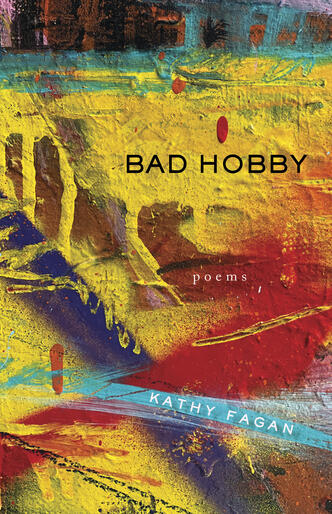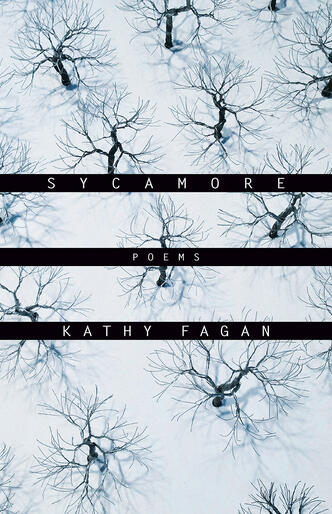Kathy Fagan is the author of Bad Hobby, winner of the 2023 William Carlos Williams Award from the Poetry Society of America, and Sycamore, a finalist for the Kingsley Tufts Award. She published four previous collections, including the National Poetry Series winner, The Raft, and Vassar Miller Prize-winner MOVING & ST RAGE. Her seventh collection, The Unbecoming, will be published by W.W. Norton in September 2026. Fagan is the recipient of a Guggenheim Fellowship, a National Endowment for the Arts Fellowship, an Ingram Merrill Foundation Fellowship, and various residencies including The Frost Place residency. Fagan is Professor Emerita of English at The Ohio State University, where she cofounded the MFA Program in Creative Writing and edited The Journal and the Wheeler Poetry Prize book series for OSU Press.


